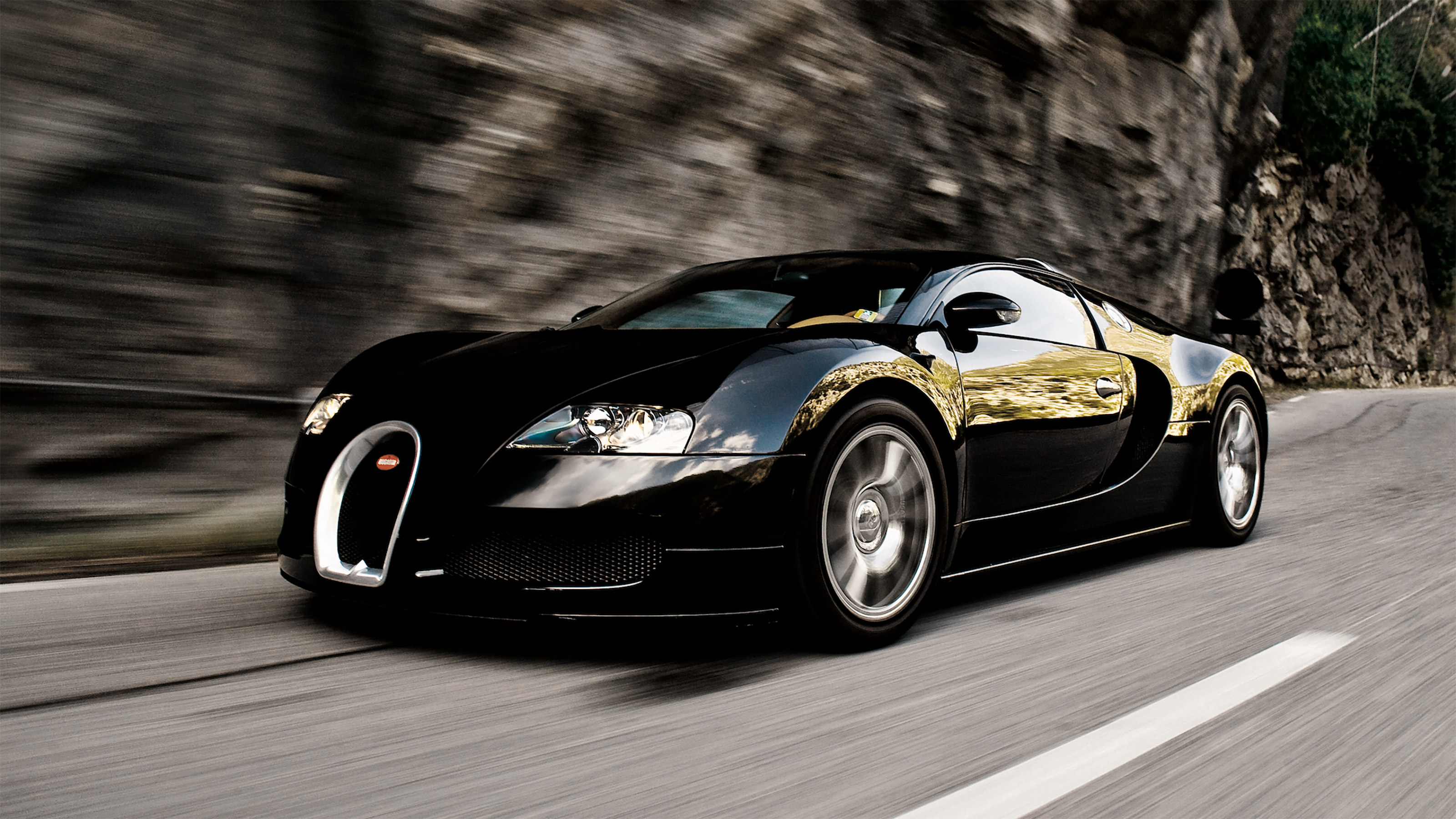Bugatti Veyron


The Super Sport version of the Veyron is one of the fastest street-legal production cars in the world, with a top speed of 431.072 km/h (267.856 mph). The Veyron Grand Sport Vitesse was the fastest roadster in the world, reaching an averaged top speed of 408.84 km/h (254.04 mph) in a test on 6 April 2013.

The Veyron's chief designer was Hartmut Warkuß and the exterior was designed by Jozef Kabaň of Volkswagen, with much of the engineering work being conducted under the guidance of chief technical officer Wolfgang Schreiber. The Veyron includes a sound system designed and built by Burmester Audiosysteme.
Several special variants have been produced. In December 2010, Bugatti began offering prospective buyers the ability to customise exterior and interior colours by using the Veyron 16.4 Configurator application on the marque's official website. The Bugatti Veyron was discontinued in late 2014, but special edition models continued to be produced until 2015.


In October 1999, Bugatti unveiled a fourth concept car at the Tokyo Motor Show. The EB 18/4 Veyron was a mid-engine sports car styled in-house under the direction of Hartmut Warkuß. In 2000, a modified version, the EB 16/4 Veyron, was displayed at motor shows in Detroit, Geneva, and Paris. Rather than the three-bank W18 engine of the four previous concept cars, the EB 16/4 featured the four-bank W16 engine architecture installed in every production example of the Veyron.
The decision to start production of the car was made by the Volkswagen Group in 2001. The first roadworthy prototype was completed in August 2003. It is identical to the later series variant, except for a few details. In the transition from development to series production, considerable technical problems had to be addressed, repeatedly delaying production until September 2005.
The Veyron EB 16.4 is named in honor of Pierre Veyron, a Bugatti development engineer, test driver and company race driver who, with co-driver Jean-Pierre Wimille, won the 1939 24 Hours of Le Mans while driving a Bugatti. The "EB" refers to Bugatti founder Ettore Bugatti and the "16.4" refers to the engine's 16 cylinders and quad-turbochargers.
German inspection officials recorded an average top speed of the original version at 408.47 km/h (253.81 mph) during test sessions on Volkswagen Group's private Ehra-Lessien test track on 19 April 2005.
This top speed was almost matched by James May on Top Gear in November 2006, at the Ehra-Lessien test track, at 407.5 km/h (253.2 mph). May noted that at top speed the engine consumes 45,000 L (9,900 imp gal) of air per minute (as much as a human breathes in four days). Back in the Top Gear studio, co-presenter Jeremy Clarkson commented that most sports cars felt like they were shaking apart at their top speed, and asked May if that was the case with the Veyron at 407 km/h (253 mph). May responded that the Veyron was very controlled, and only wobbled slightly when the air brake deployed.
The car's normal top speed is listed at 343 km/h (213 mph). When the car reaches 220 km/h (137 mph), hydraulics lower the car until it has a ground clearance of about 9 cm (3.5 in). At the same time, the wing and spoiler deploy. In this handling mode, the wing provides 3,425 newtons (770 lbf) of downforce, holding the car to the road.
Top speed mode must be entered while the vehicle is at rest. Its driver must toggle a special top speed key to the left of their seat, which triggers a checklist to establish whether the car and its driver are ready to attempt to reach 407 km/h (253 mph). If so, the rear spoiler retracts, the front air diffusers shut, and normal 12.5 cm (4.9 in) ground clearance drops to 6.5 cm (2.6 in).
